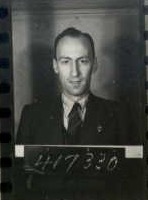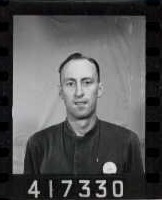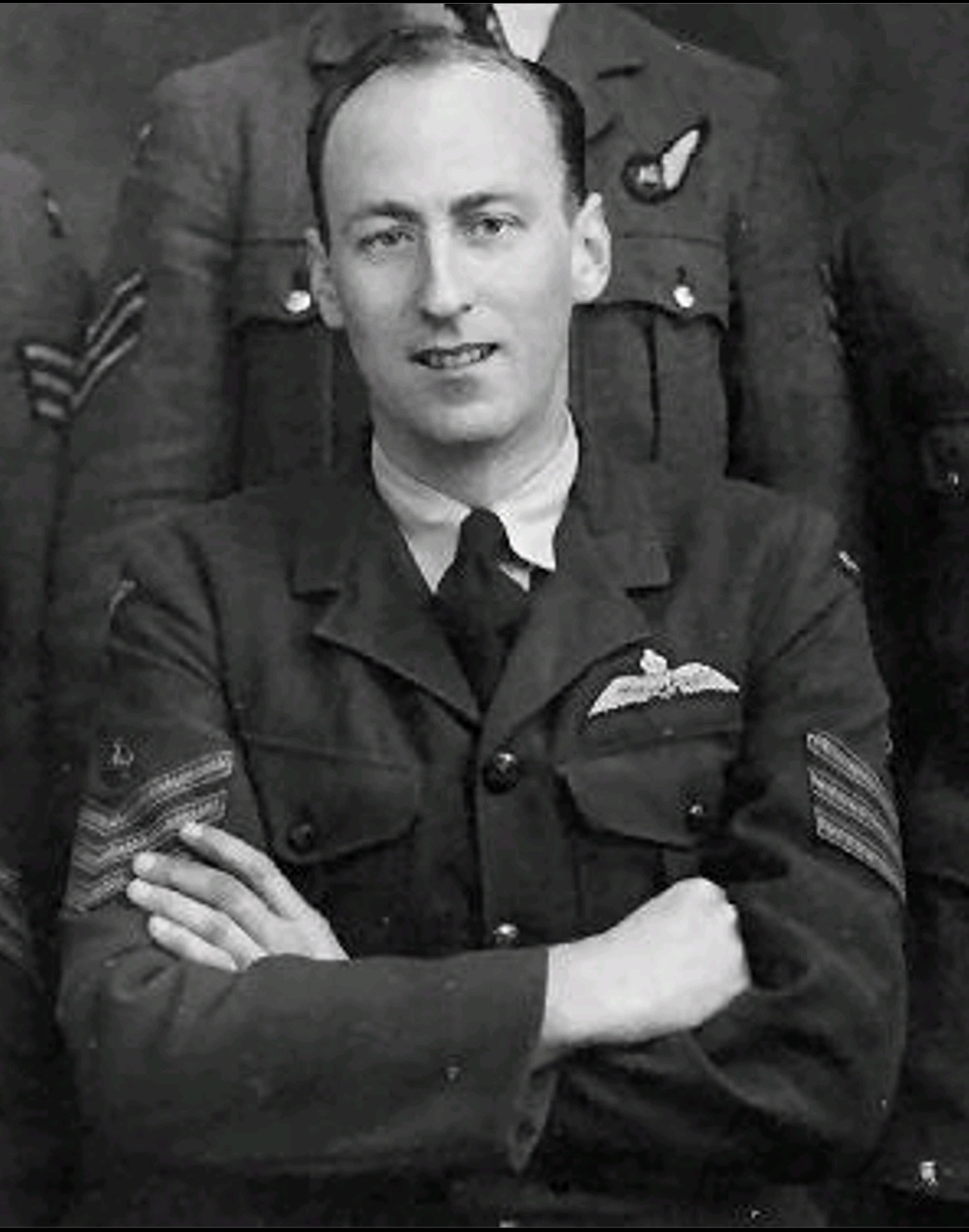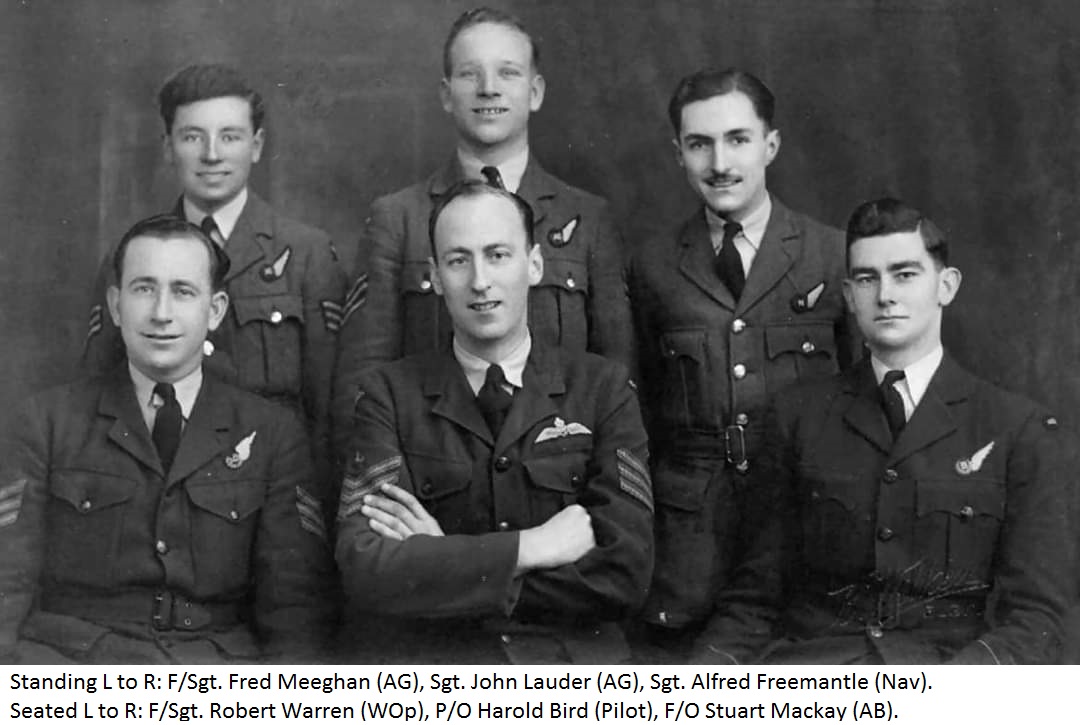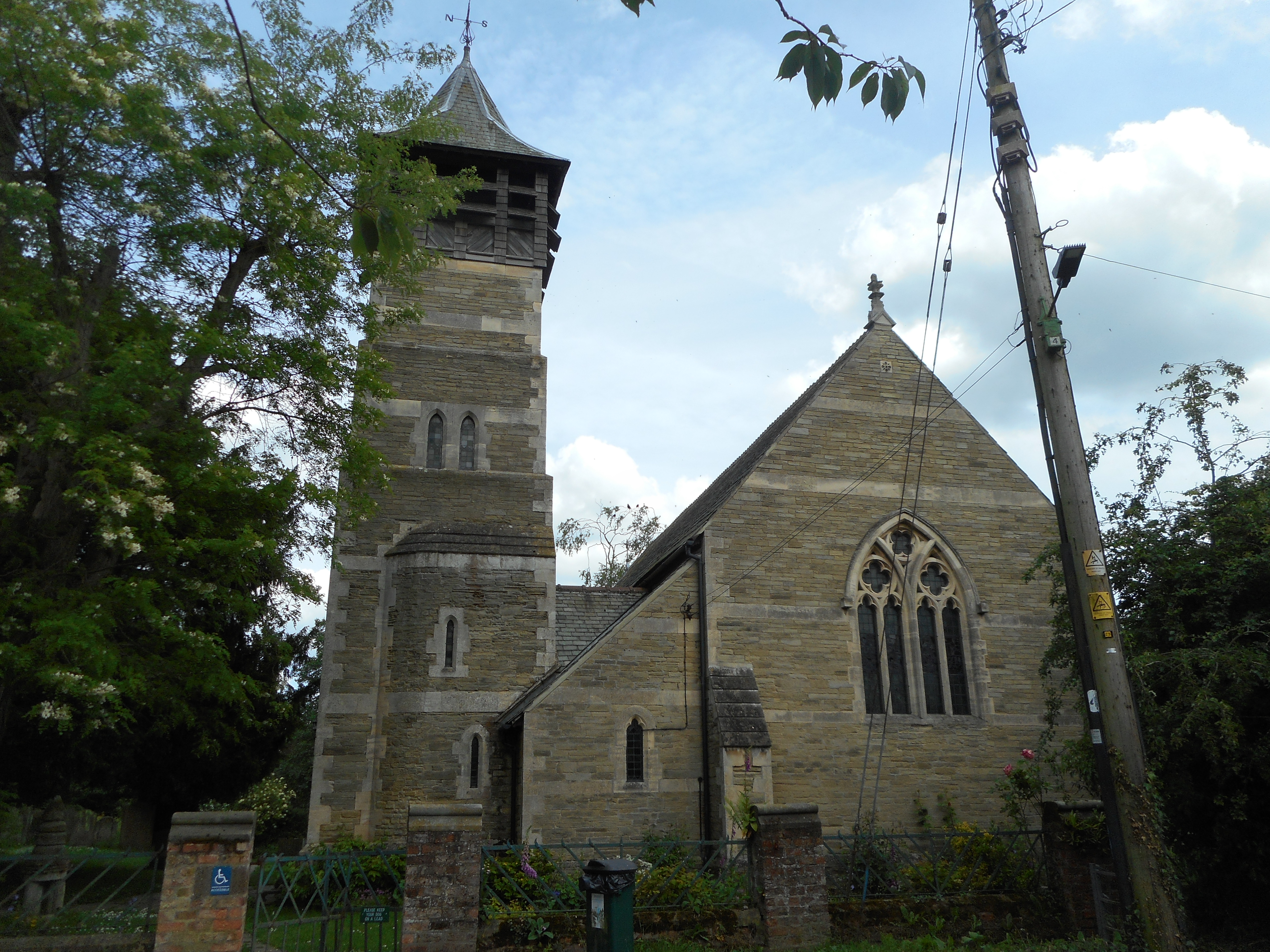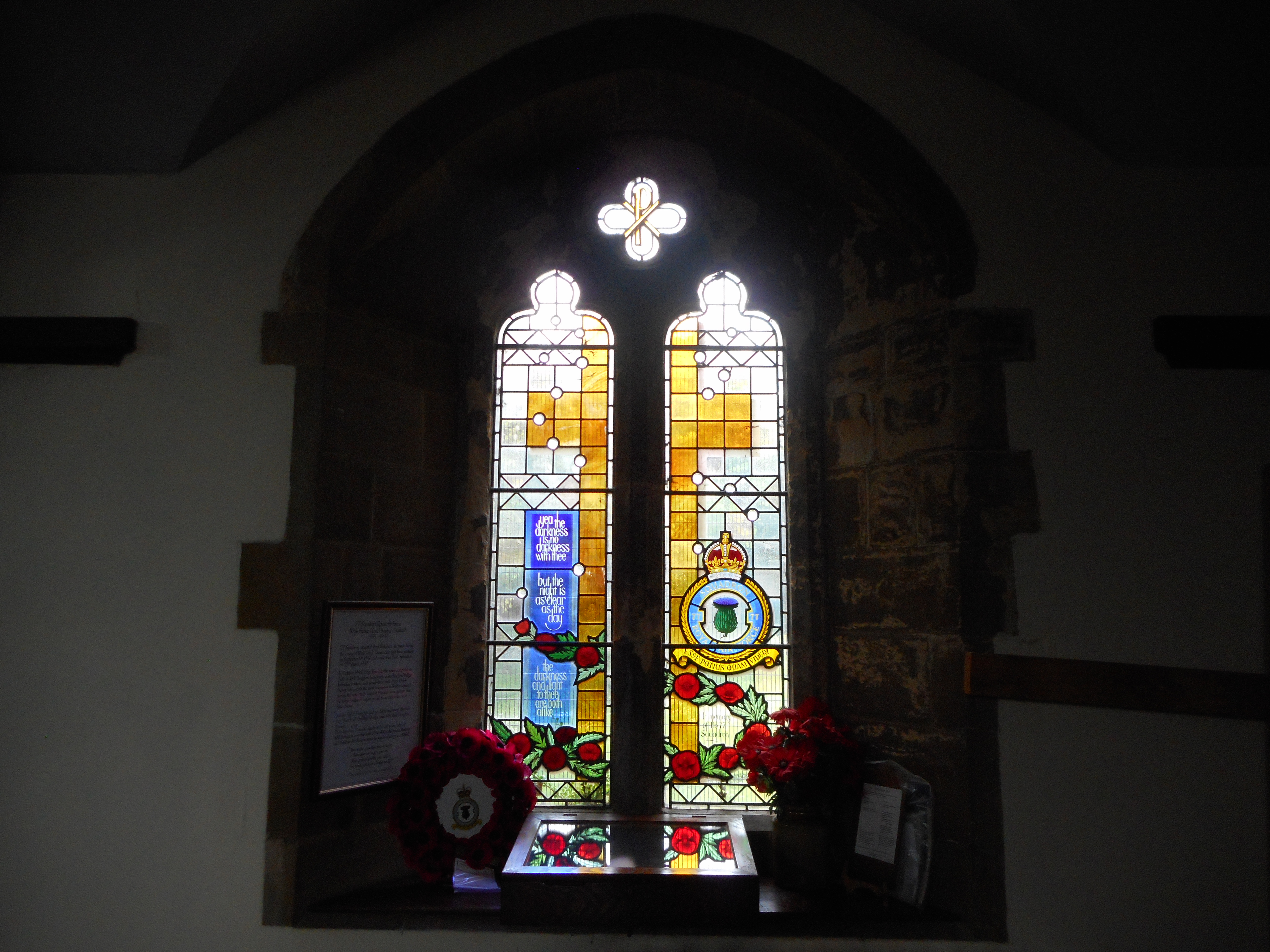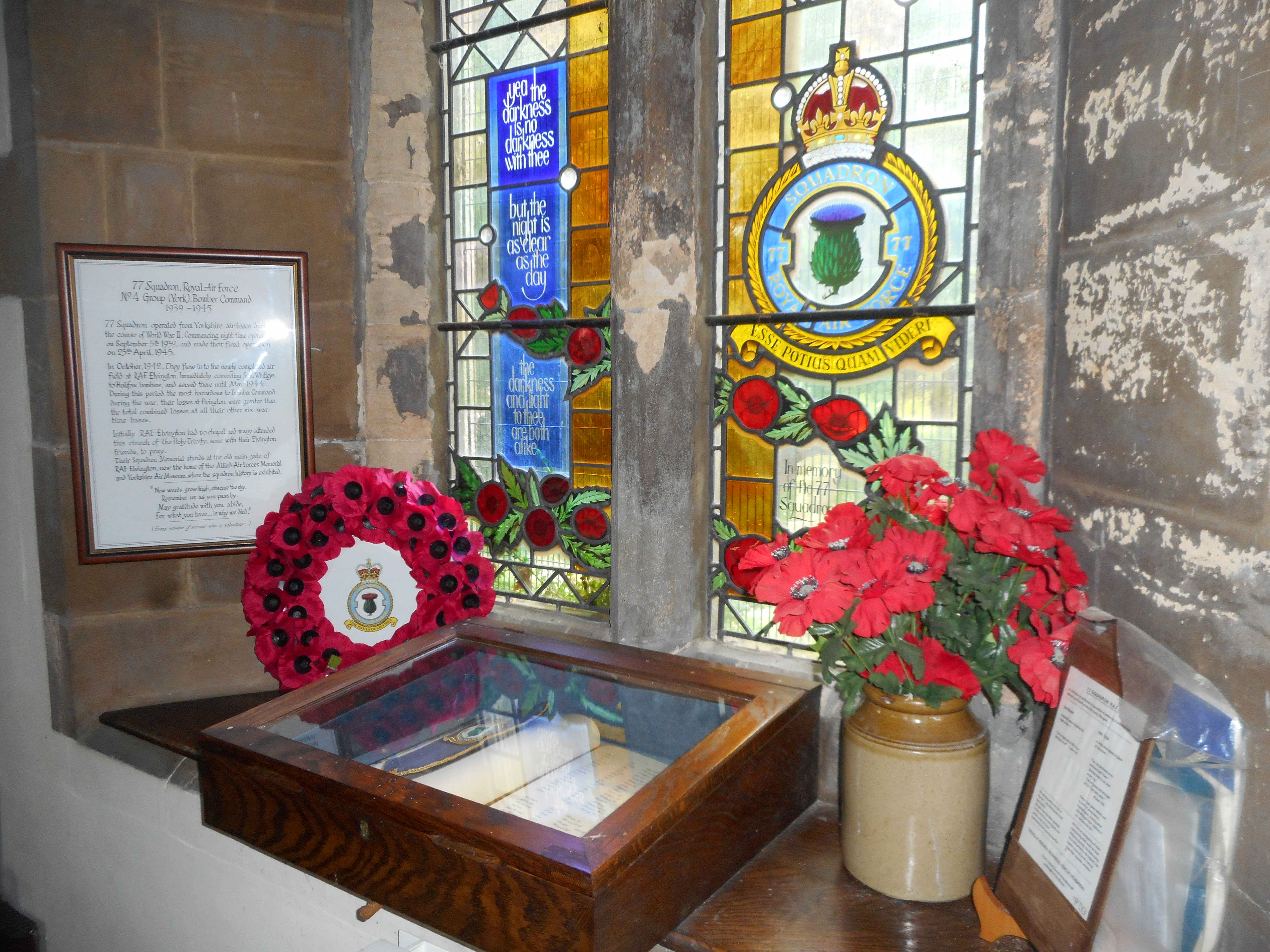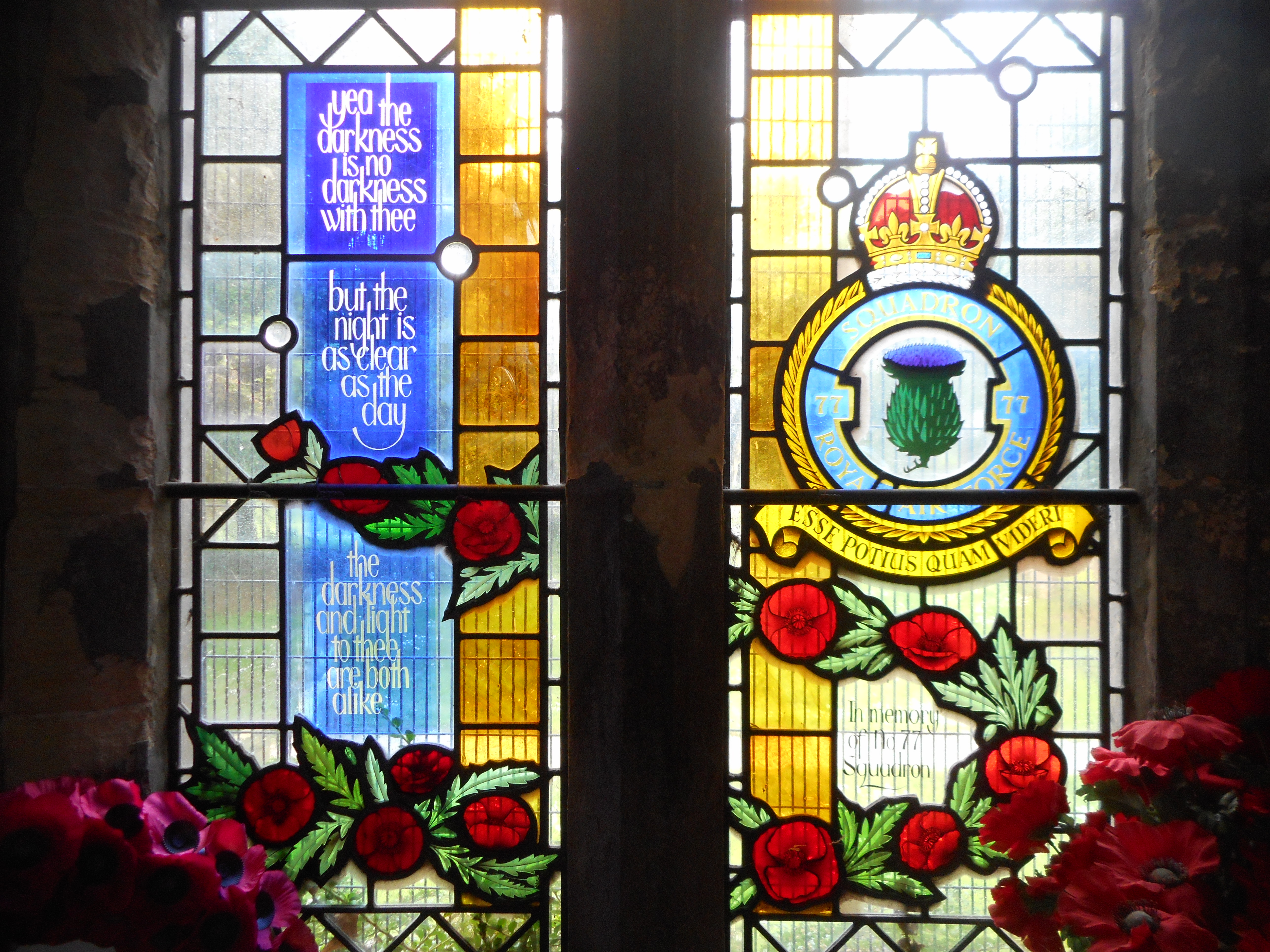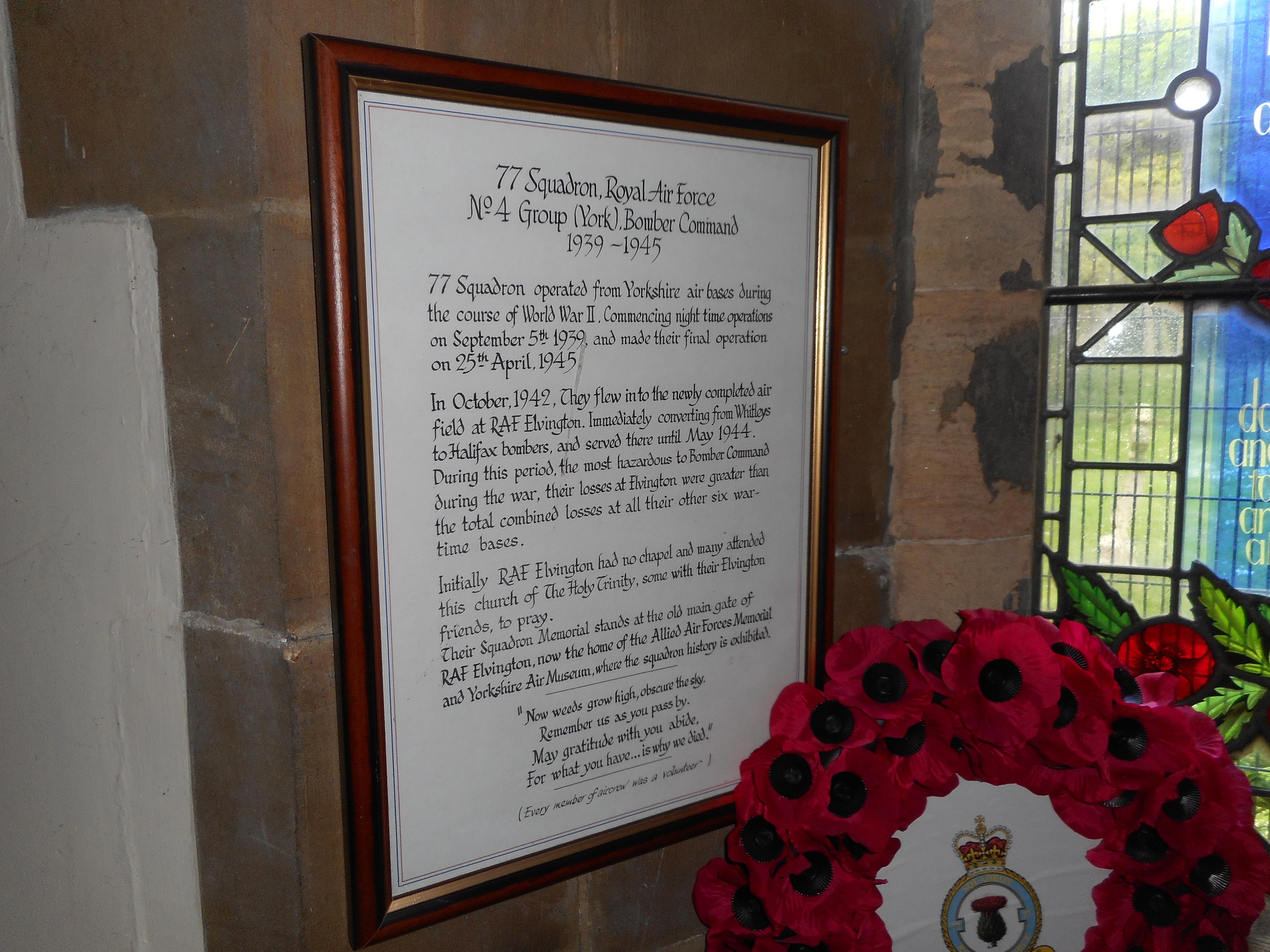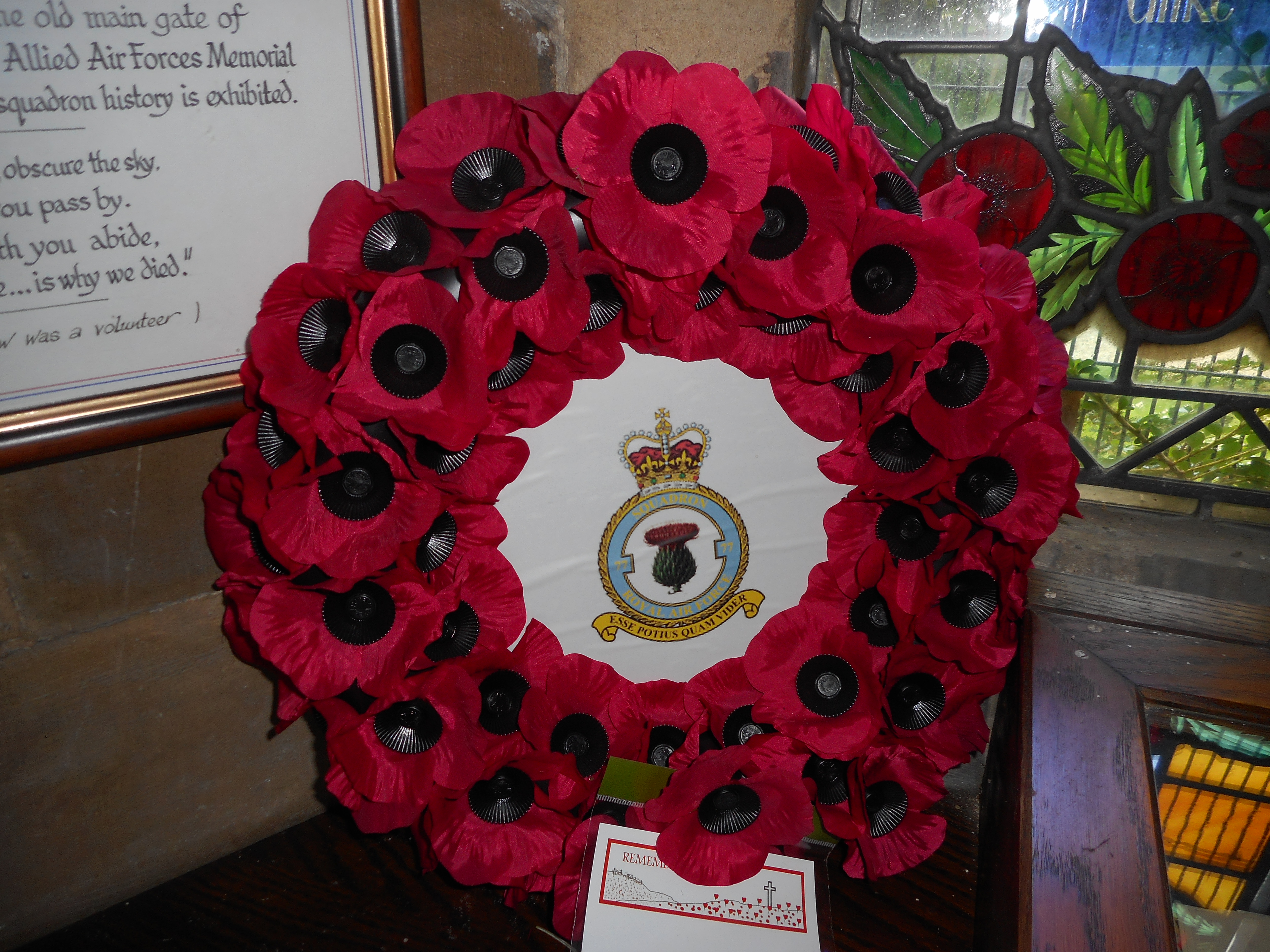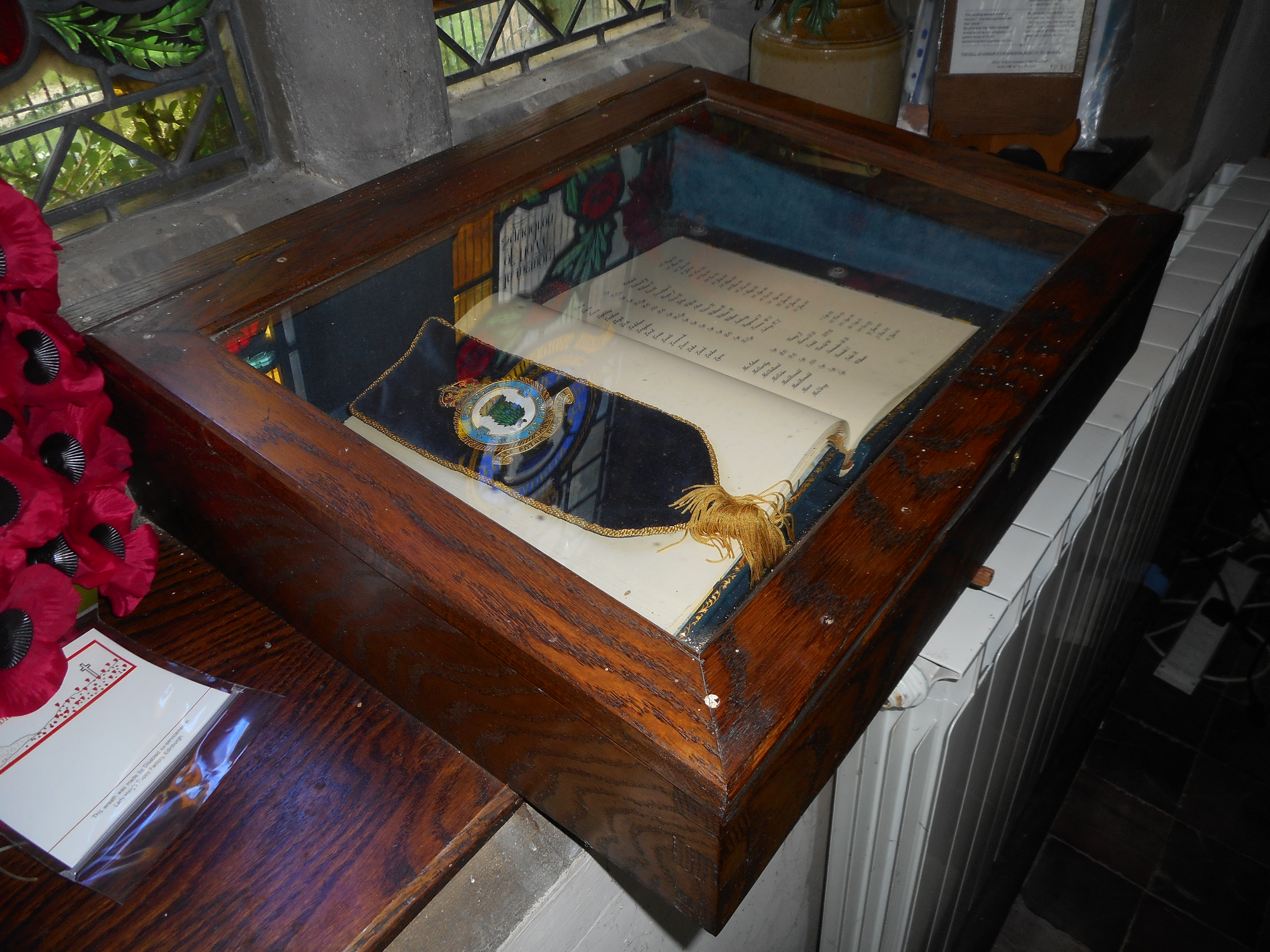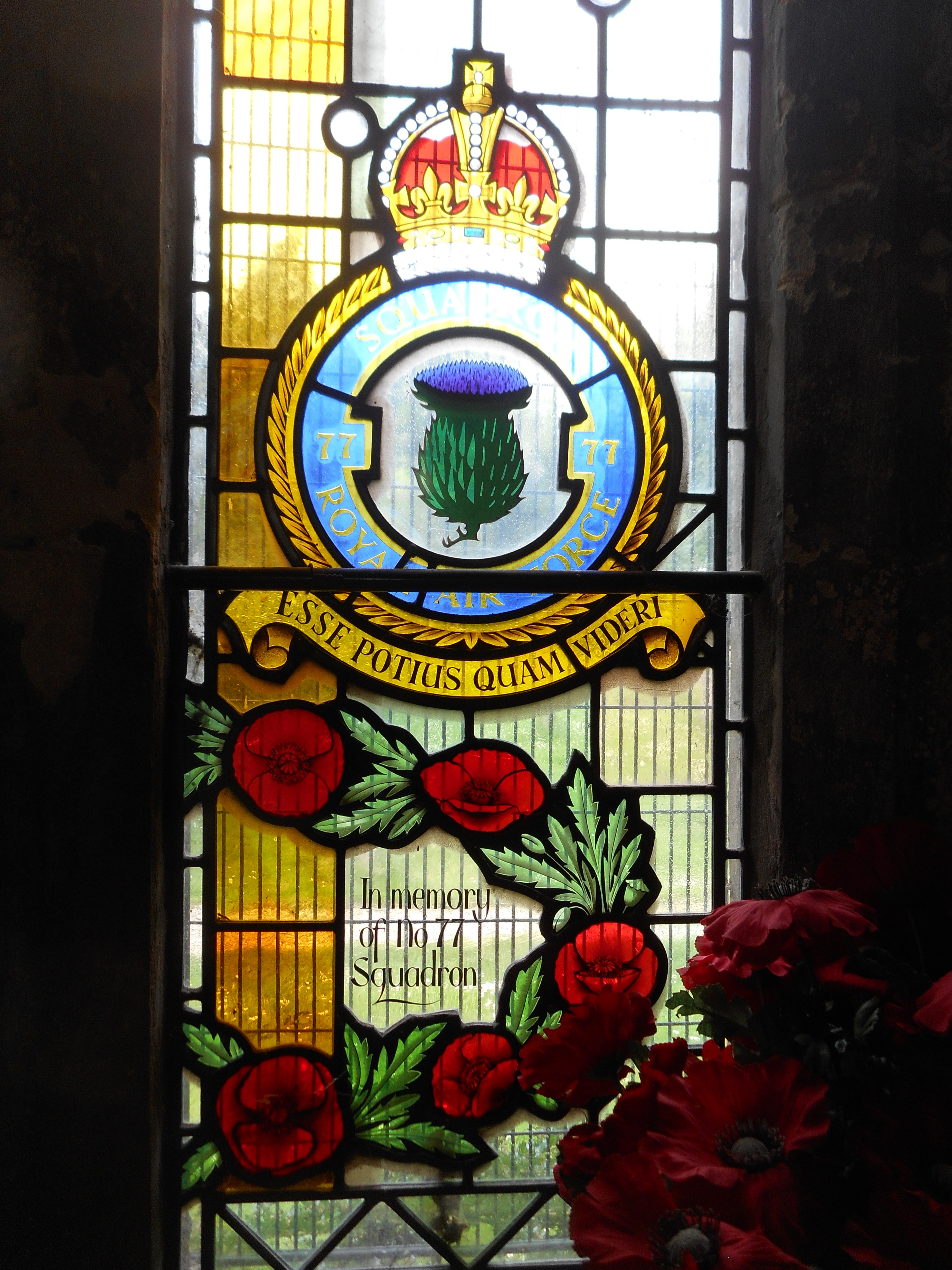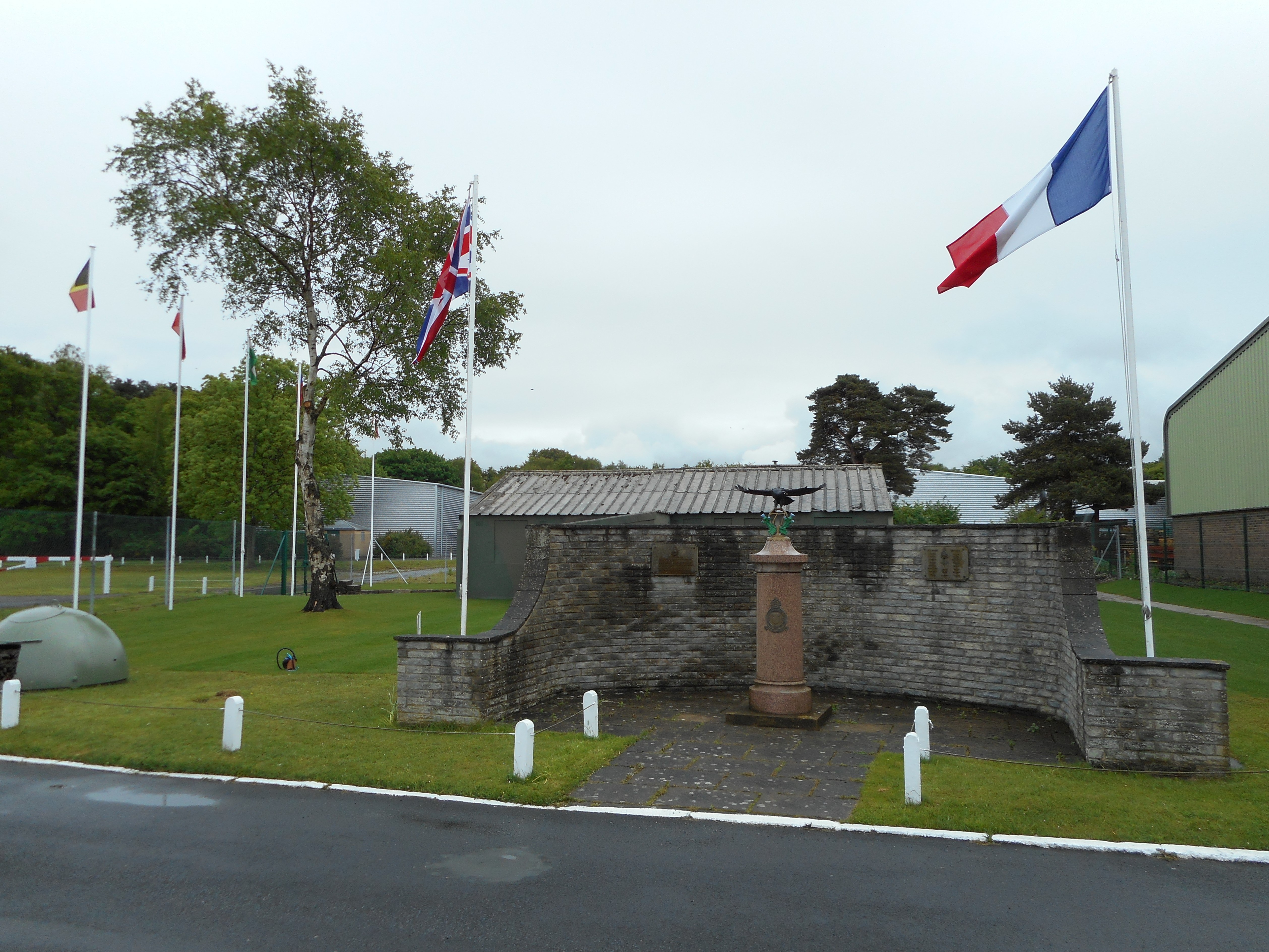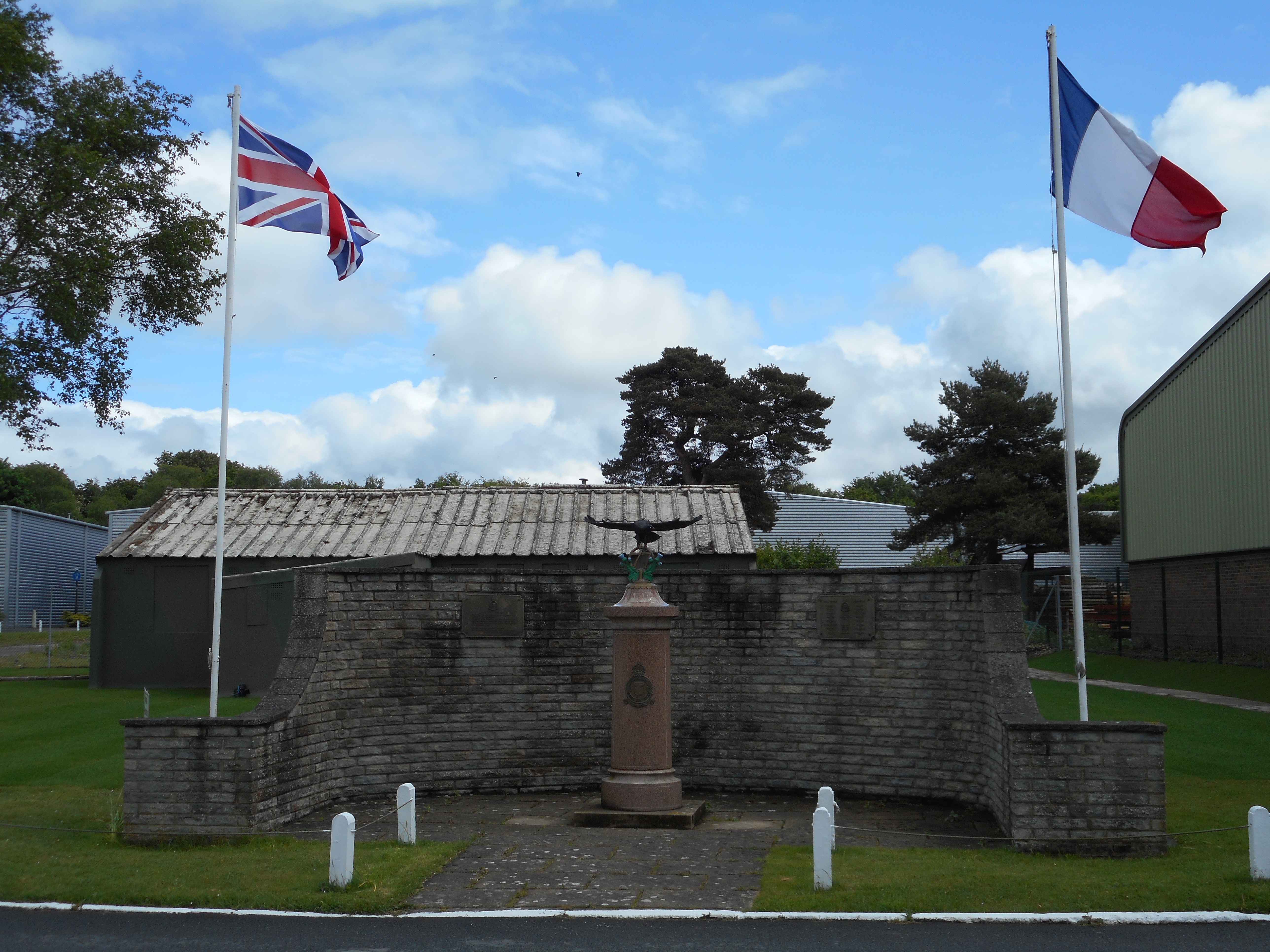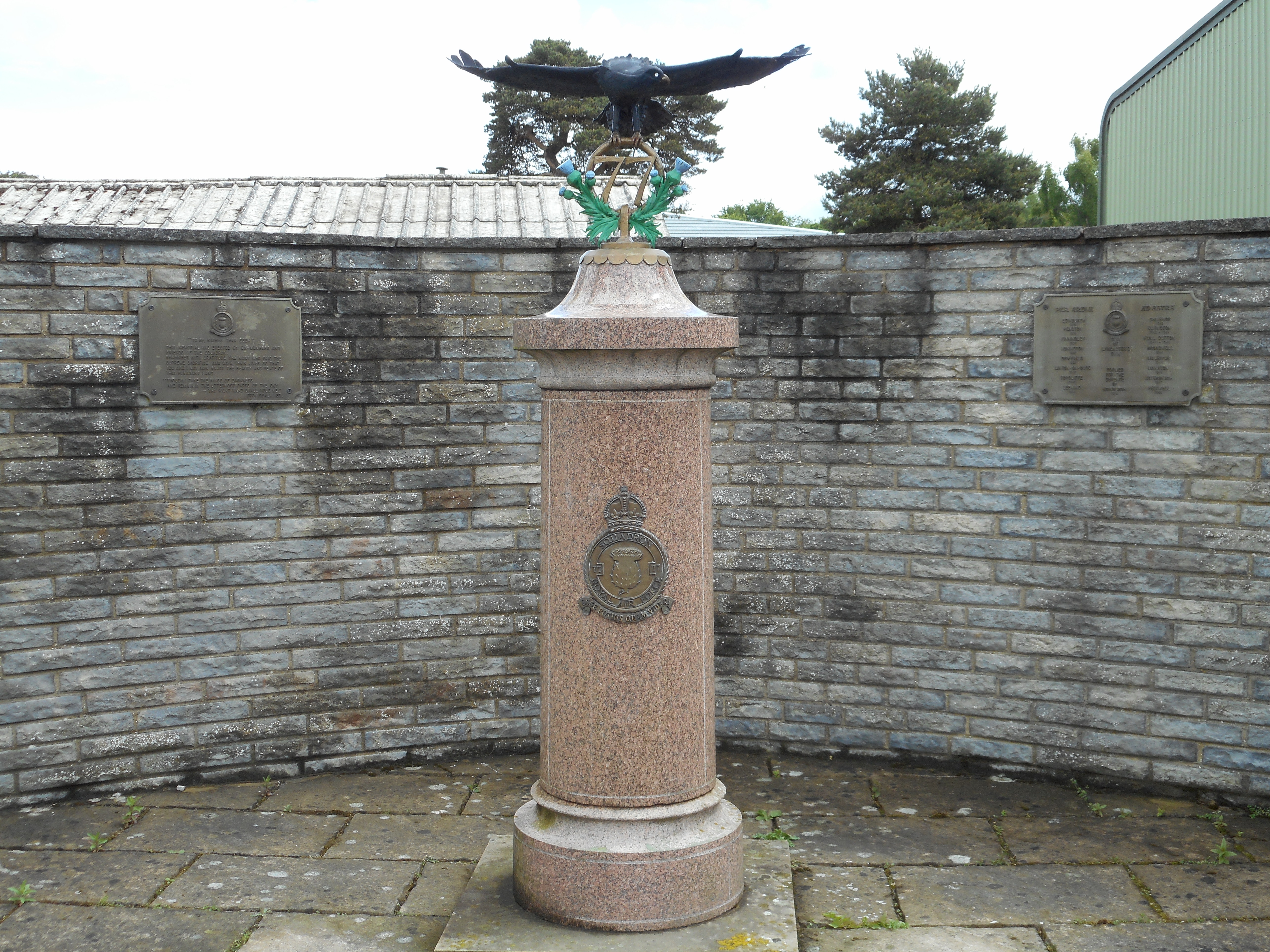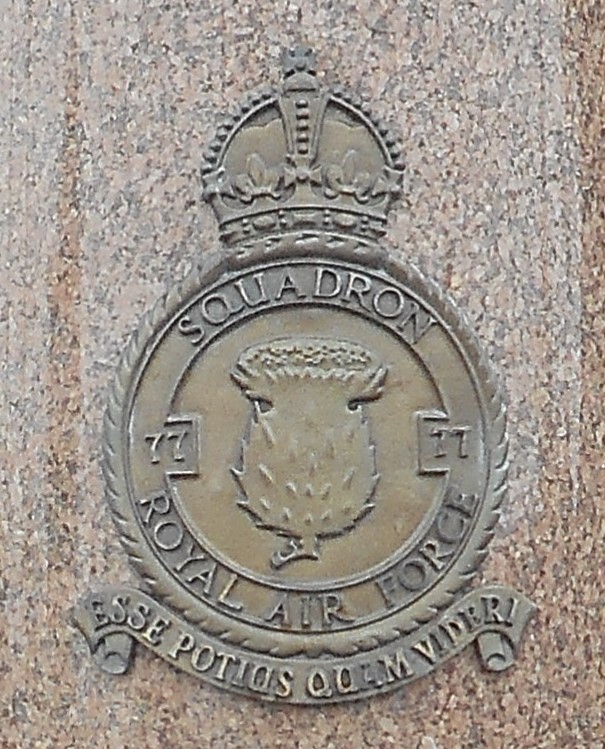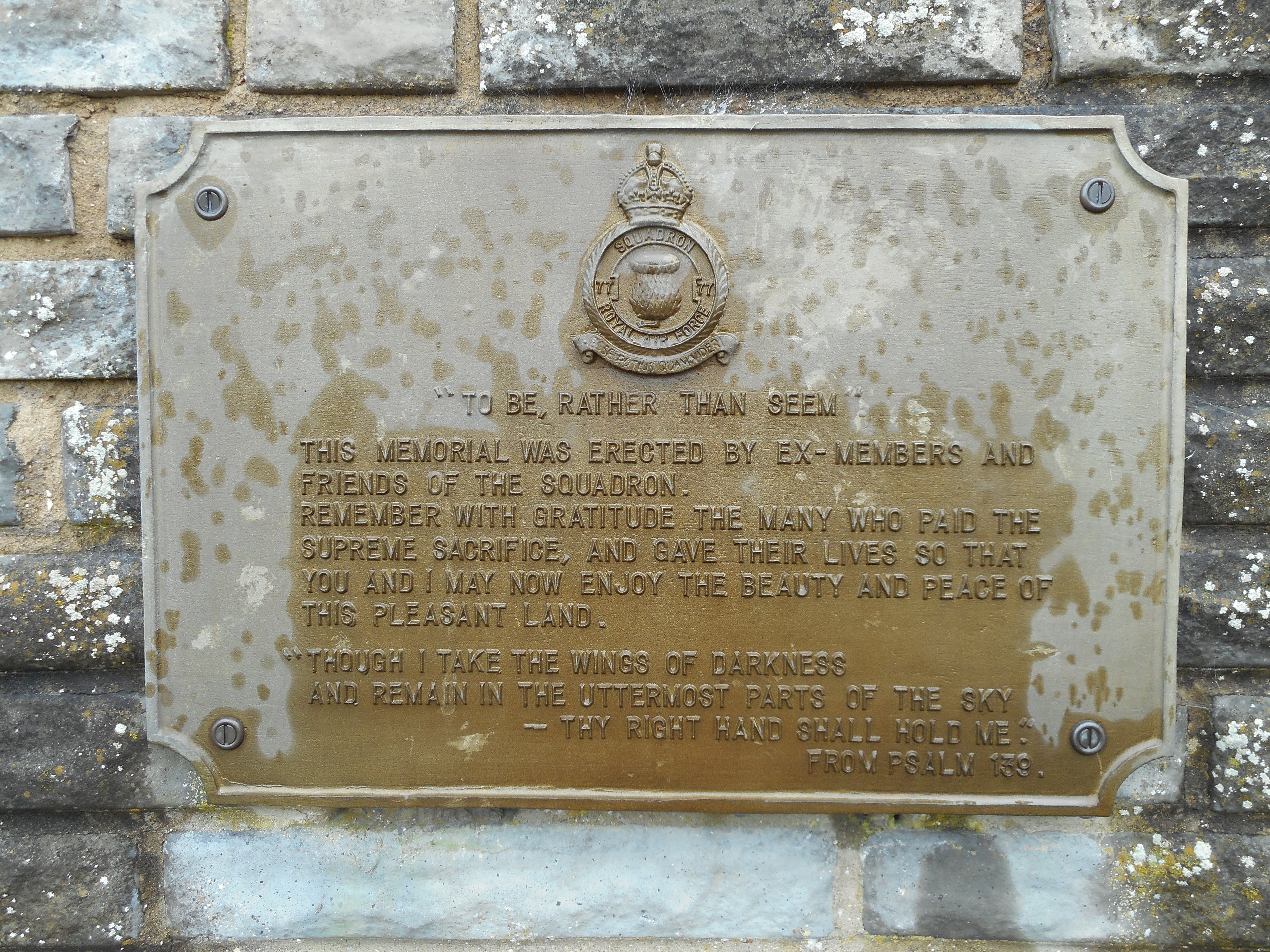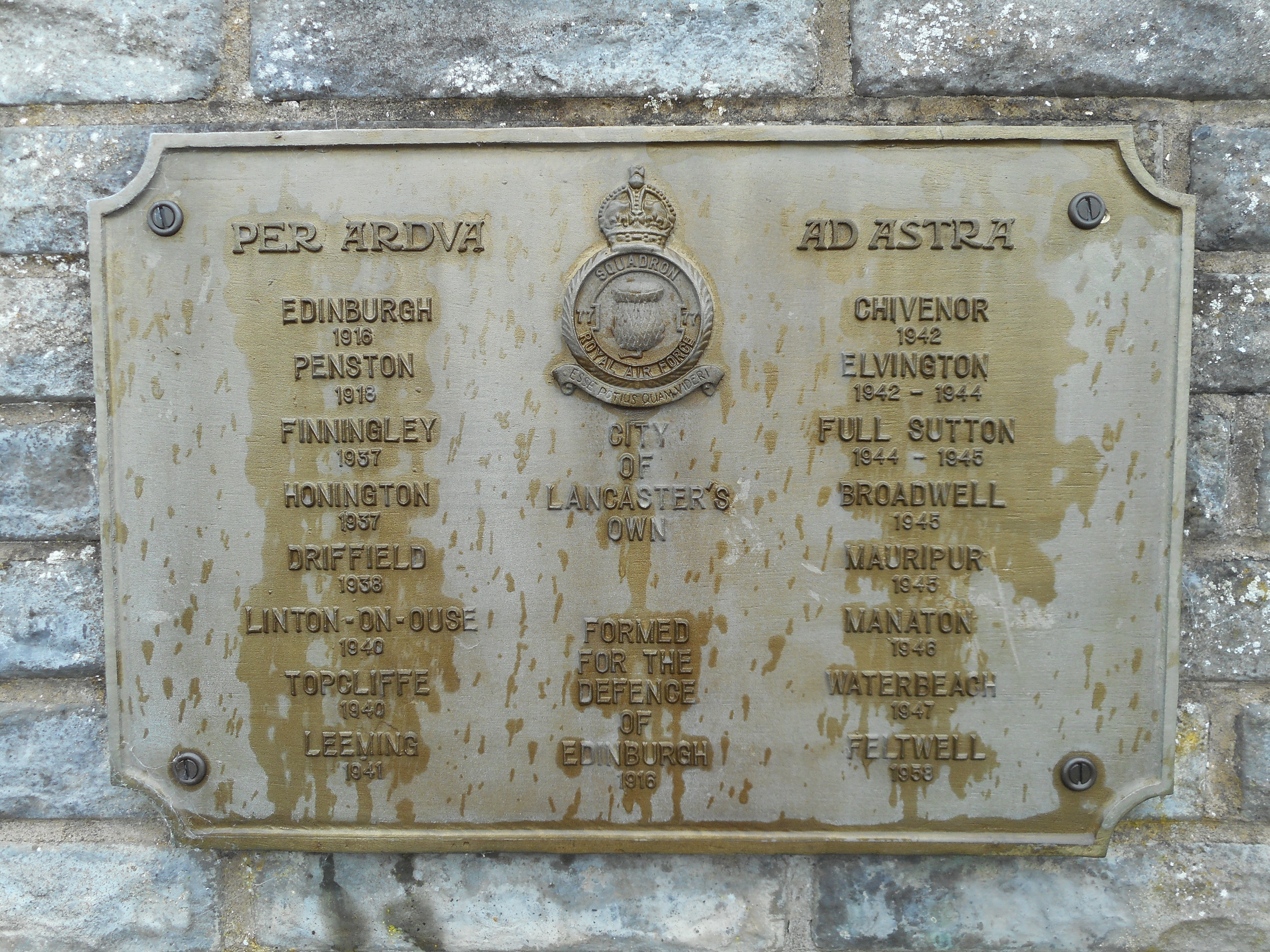Bird, Harold William
Personal Information
| Rank | P/O |
| Forename(s) | Harold William |
| Surname | Bird |
| Gender | M |
| Age | 28 |
| Date of Death | 17-06-1944 |
| Next of Kin | Son of David and Hilda Emily Bird. Husband of Joyce Emily Bird, of Hilton, South Australia. |
Aircraft Information
| Aircraft | Handley Page Halifax III |
| Serial Number | NA545 |
| Markings | KN-R |
Memorial Information
| Burial/Memorial Country | Netherlands |
| Burial/Memorial Place | Terschelling (West-Terschelling) General Cemetery |
| Grave Reference | Grave 119. |
| Epitaph |
IBCC Memorial Information
| Phase | 2 |
| Panel Number | 131 |
Enlistment Information
| Service Number | 417330 |
| Service | Royal Australian Air Force |
| Group | 4 |
| Squadron | 77 |
| Squadron Motto | Esse potius quam videri (To be, rather than to seem) |
| Trade | Pilot |
| Country of Origin | Australia |
Other Memorials
| Location | Holy Trinity Church, Elvington, North Yorkshire |
| Country | United Kingdom |
| Memorial Type | Stained Glass Window & Roll of Honour |
| Memorial Text | Memorial windows and Roll of Honour for 77 Sqn. R.A.F. |
| Location | Yorkshire Air Museum, Elvington North Yorkshire |
| Country | United Kingdom |
| Memorial Type | Marble Column with Metal Sculpture and Plaques |
| Memorial Text | Memorial to 77 Sqn. R.A.F. City of Lancaster's own |
Miscellaneous Information
| One of seven 77 Squadron Halifaxes lost on this raid |
Commonwealth War Graves Commission
The National Archives
| Record of Events (Operational Record Book) AIR 27/657/12 |
| Summary of Events (Operational Record Book) AIR 27/657/11 |
Fellow Servicemen
Please note that this list gives all the losses aboard the quoted aircraft and occasionally these may have occurred on an earlier date when the aircraft was not itself lost. Please check the dates of death carefully.
Last Operation Information
| Start Date | 16-06-1944 |
| End Date | 17-06-1944 |
| Takeoff Station | Full Sutton |
| Day/Night Raid | Night (16% moon) |
| Operation | Sterkrade to bomb a synthetic oil plant, despite a poor local weather forecast The target was indeed covered in thick cloud and the PFF markers were not easily visible. Bombing was scattered as a result and there was little impact on production. The bomber stream passed within 30 miles of the Tame Boar night-fighter beacon that was being used that night, resulting in large bomber losses on the approach. Total losses for the night were 31 aircraft (13.6%) although losses among certain squadrons were higher still- notably 77 Sqn which Lost 7 of its 23 aircraft (30.3%). |
| Reason for Loss | Crashed off the Dutch coast |
